Reportar esta entrada
Más sobre la misma comunidad-colección
Jugo Cold Pressed y Yogurt con frutas y granola
Our Detox II cold pressed juice is full of healthy benefits!. It ...
Wrap de espinaca + "Manhattan" smoothie
This is our famous Spinach Wrap, very healthy and delicious. You ...
Cactus - El centro de El Paso, Texas - 2017
Check out what started blooming here in Union Plaza! Not to ...
Cactus - El centro de El Paso, Texas - 2017
Check out what started blooming here in Union Plaza! Not to ...
Alex Carrillo and Lucy Carrillo- 1940 -1949
El Paso, Texas - Alex Carrillo and Lucy Carrillo during the war ...
Jesus and Andrea Medina - 1940 - 1949
Jesus and Andrea Medina during the war years. Jesus Medina was a ...
Sixto Frausto and Hortencia Frausto - 1942
"Sixto Frausto was known as "El Torro" to the men of Company E. ...
Esperando a cruzar el puente en esta maravillosa tarde.Que hermosa vista!
Santa Fe Bridge - El Paso, Texas
Chris Appelzoller and Alexander Appelzoller - 2016
Chris Appelzoller and Alexander Appelzoller - 2016 - El Paso, ...
Antonio Alvarado Sr. - 1900 - 1910 - El Paso, Texas
Tony Alvarado's father when he was about twenty years old. His ...
Emelia Barron - 1940 - El Paso, Texas
Emelia Barron - wife of Antonio Alvarado Sr. and mother of Tony ...
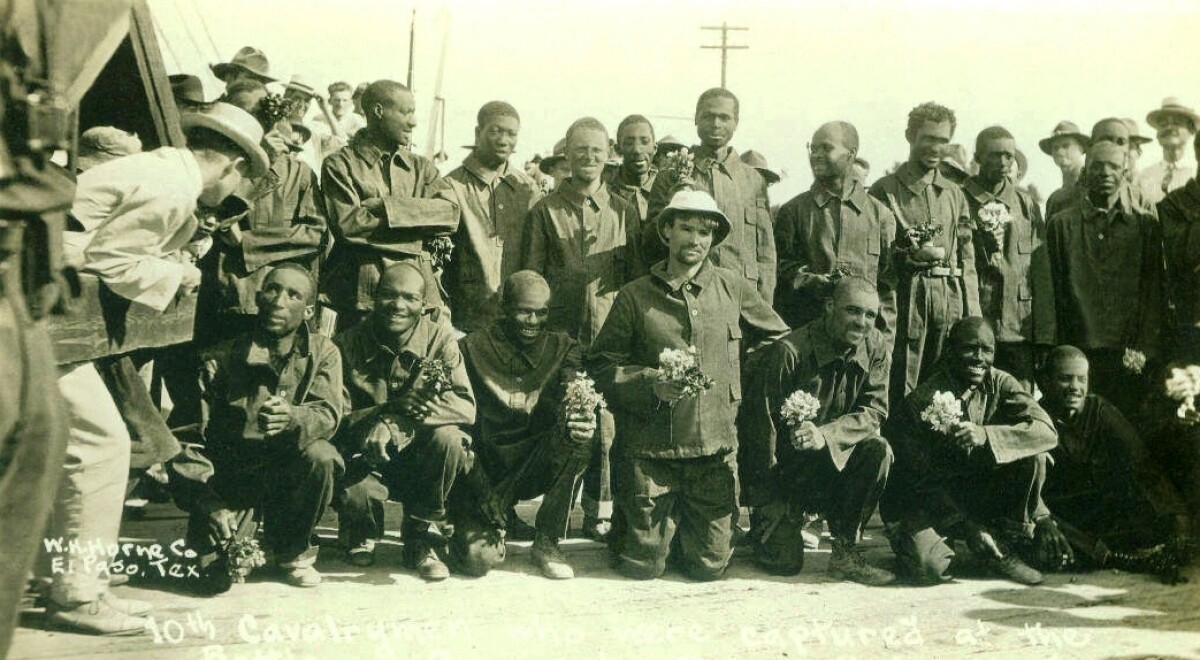
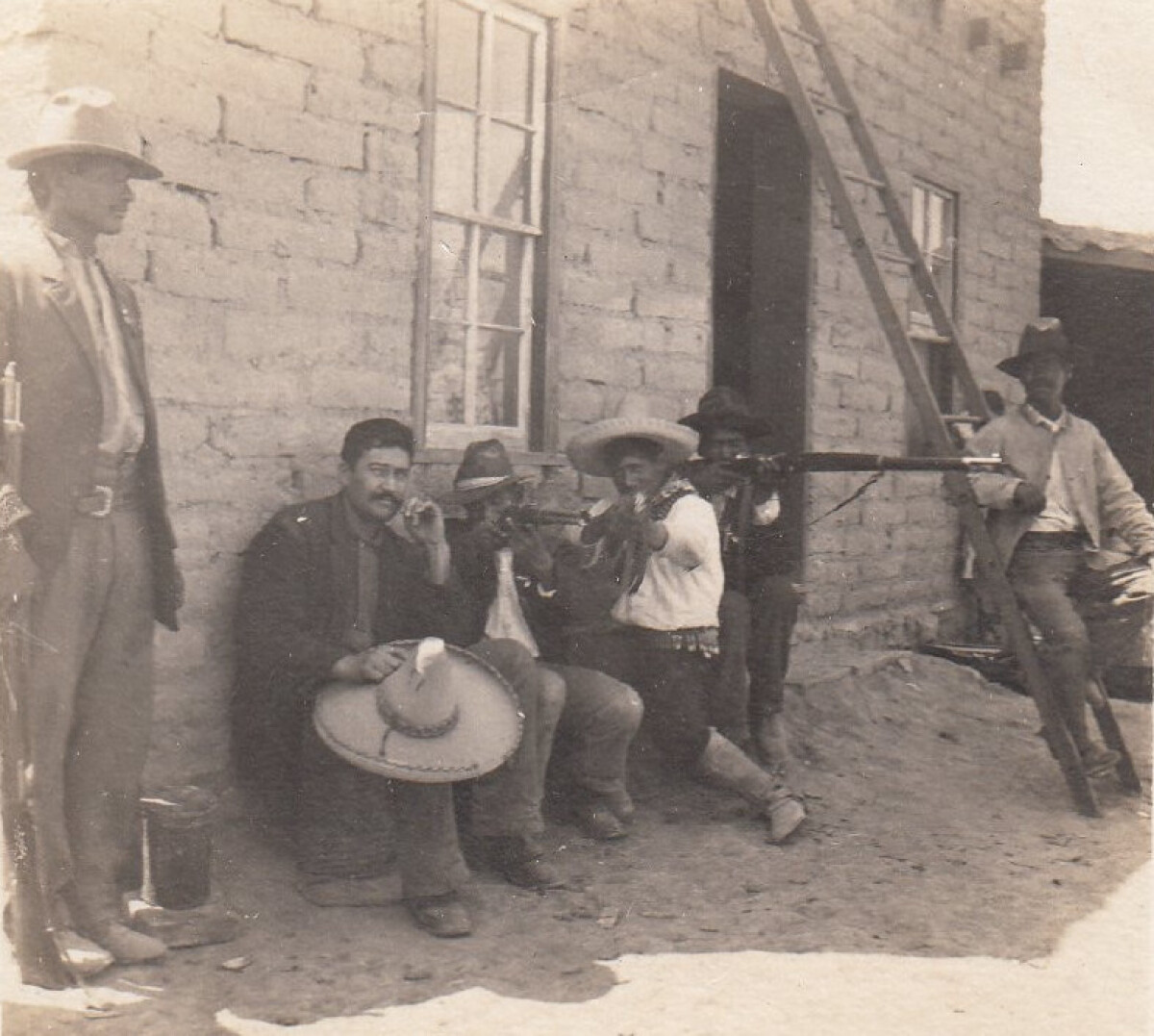
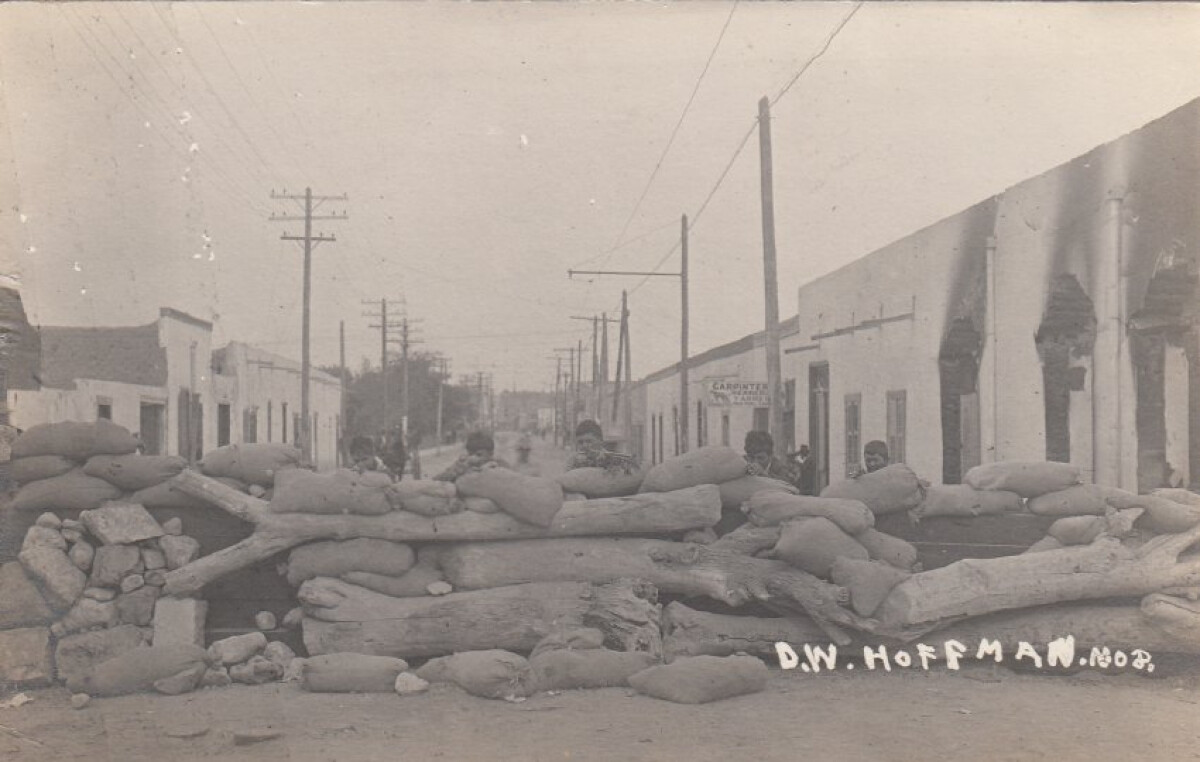
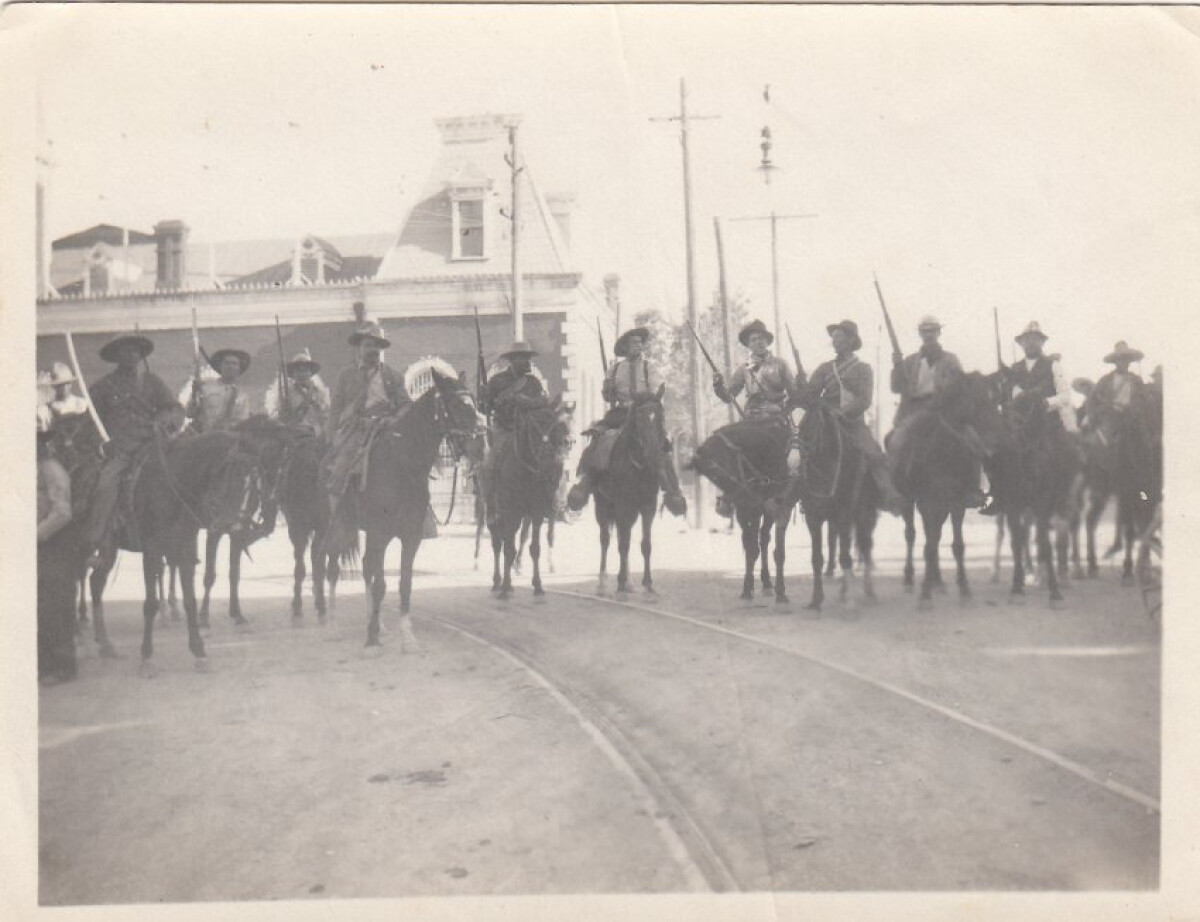
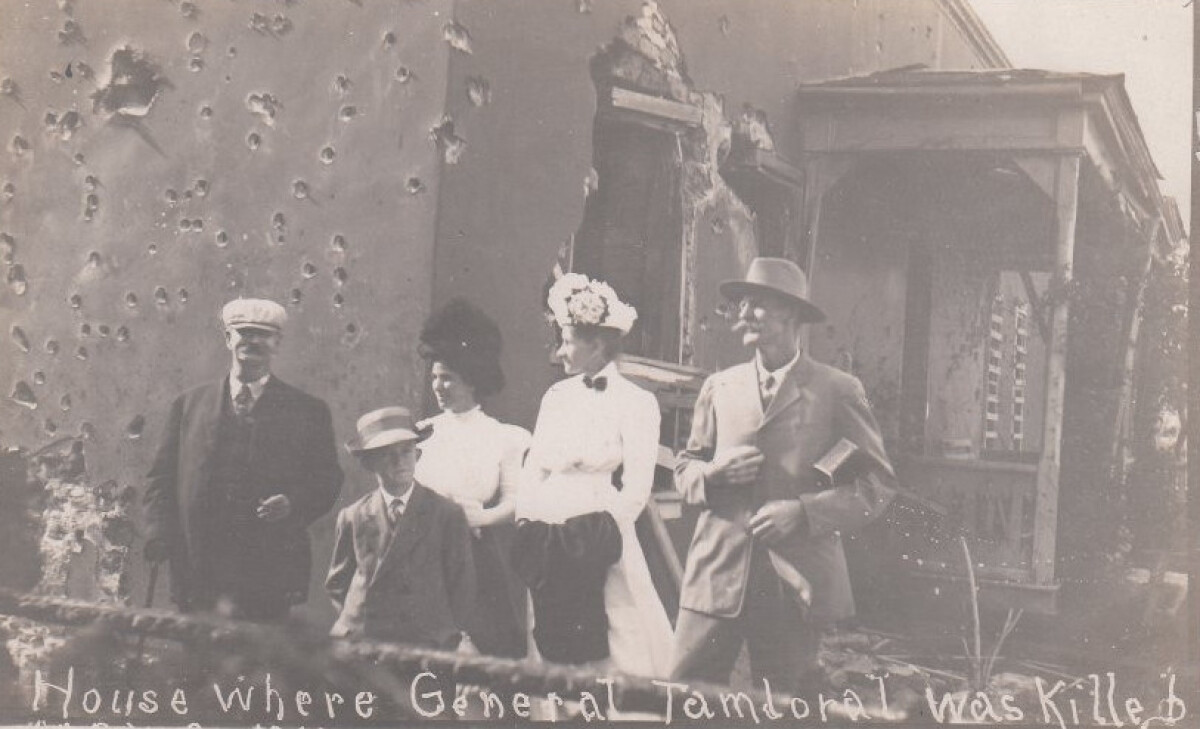
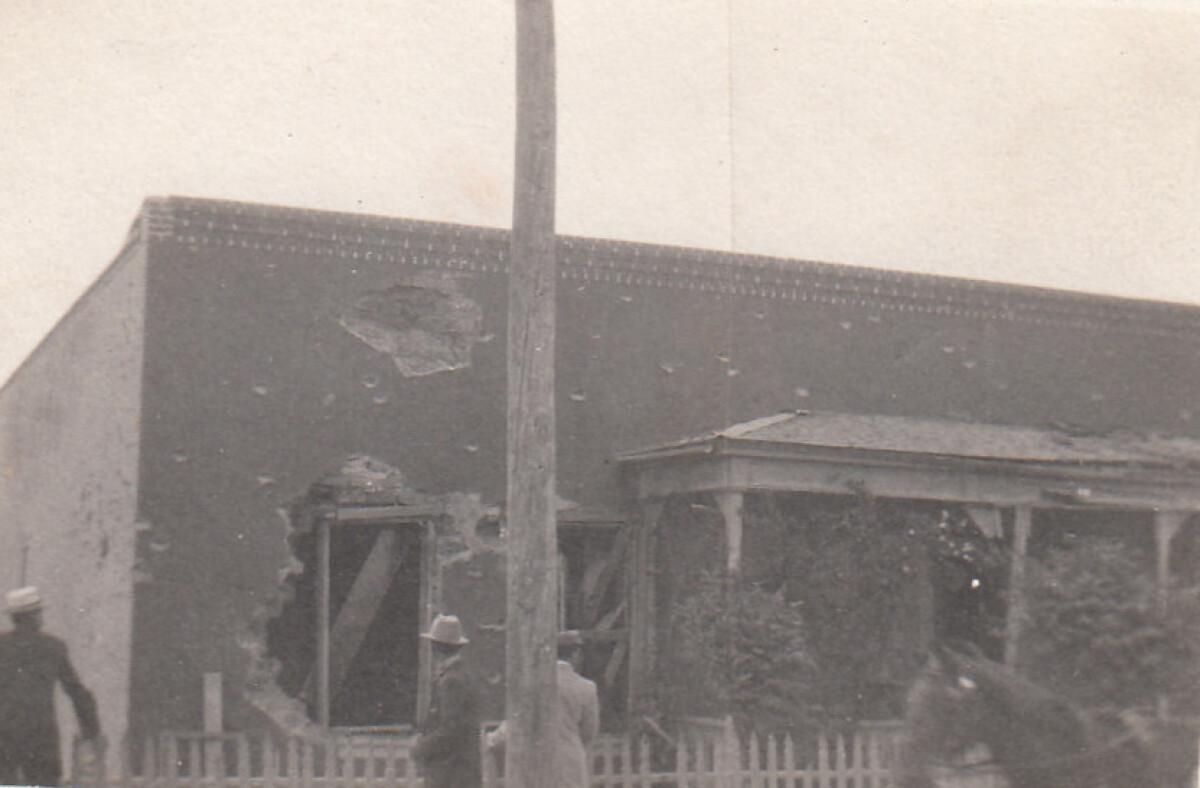
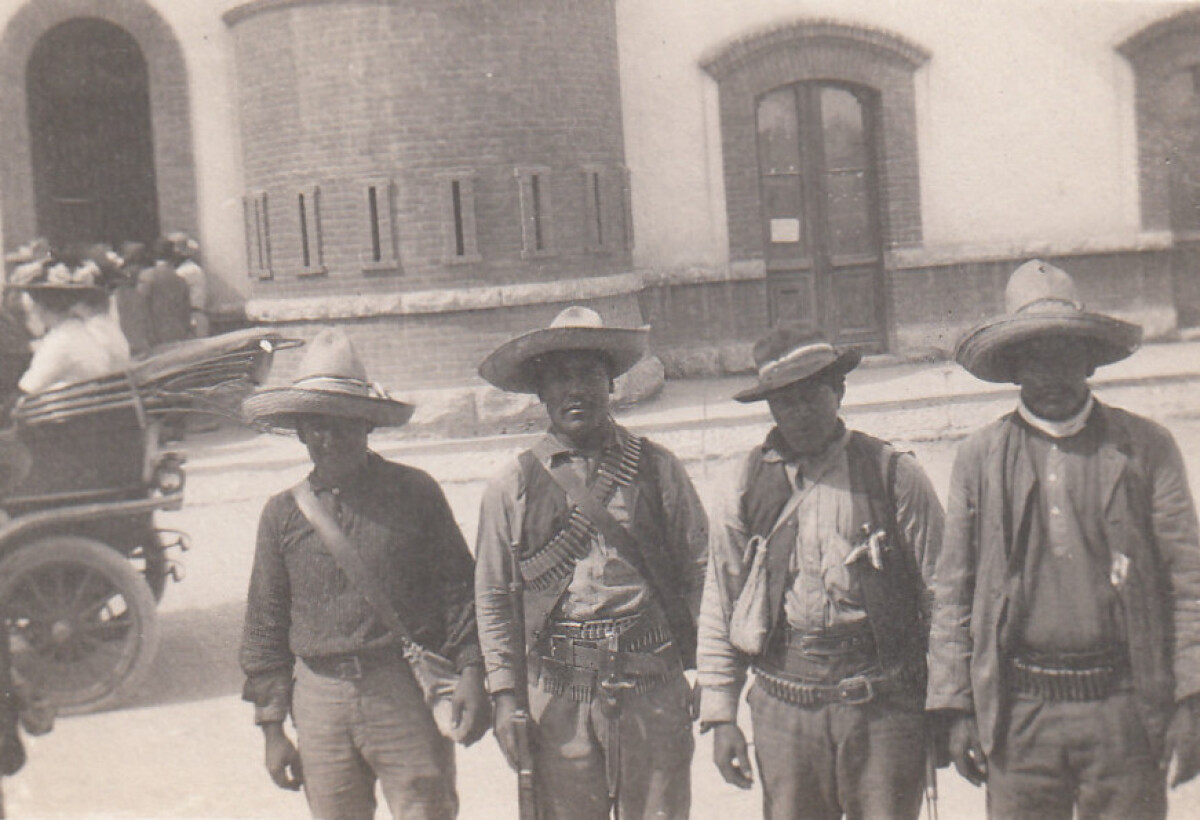
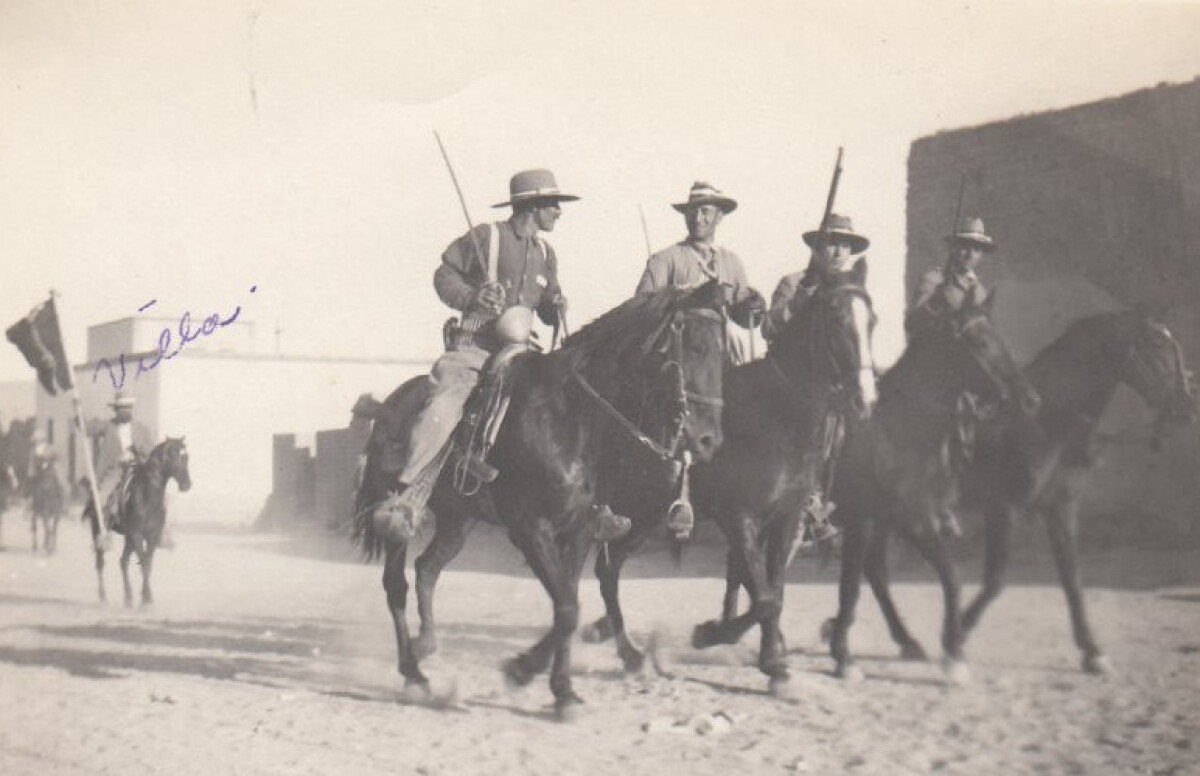
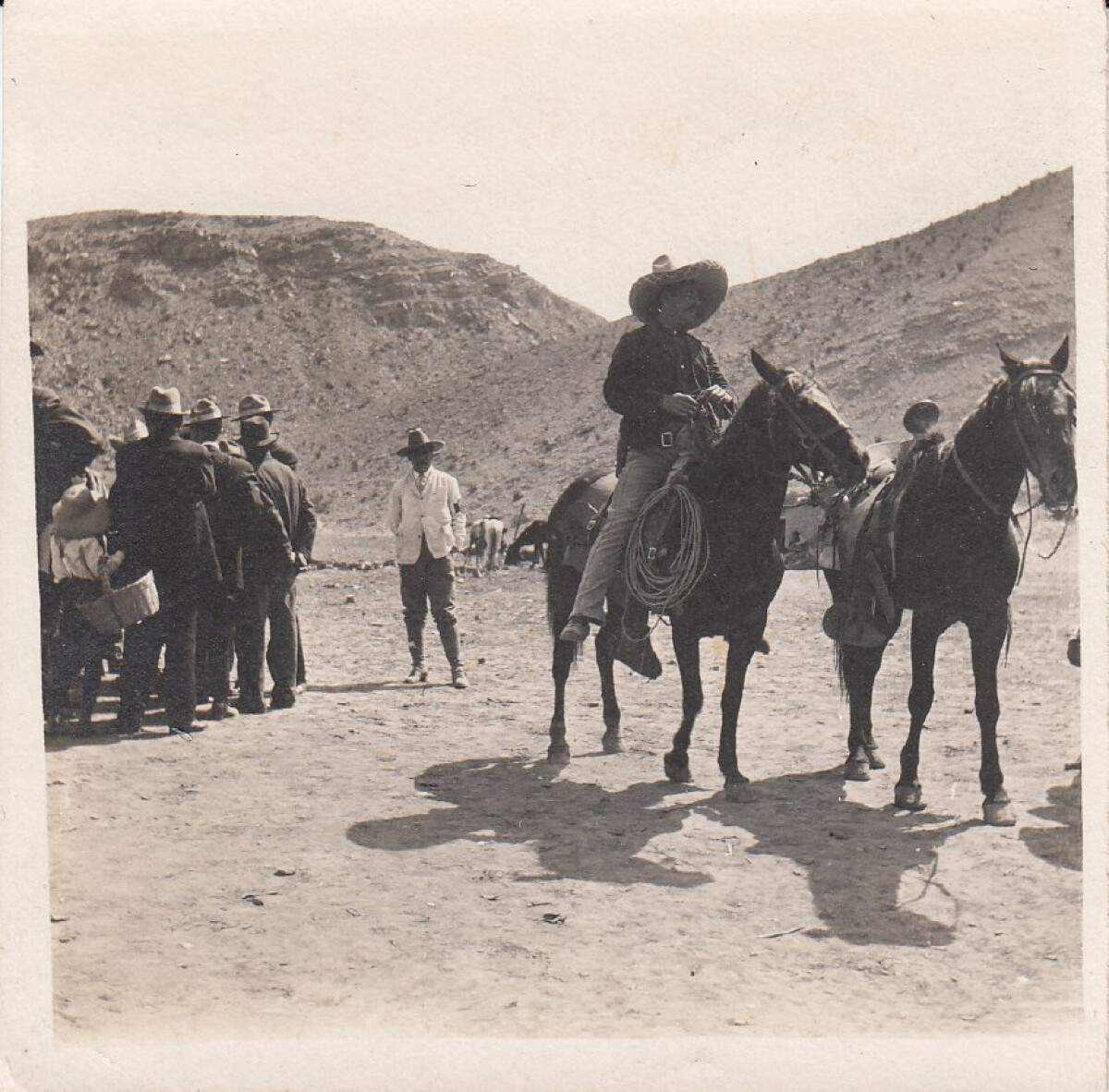
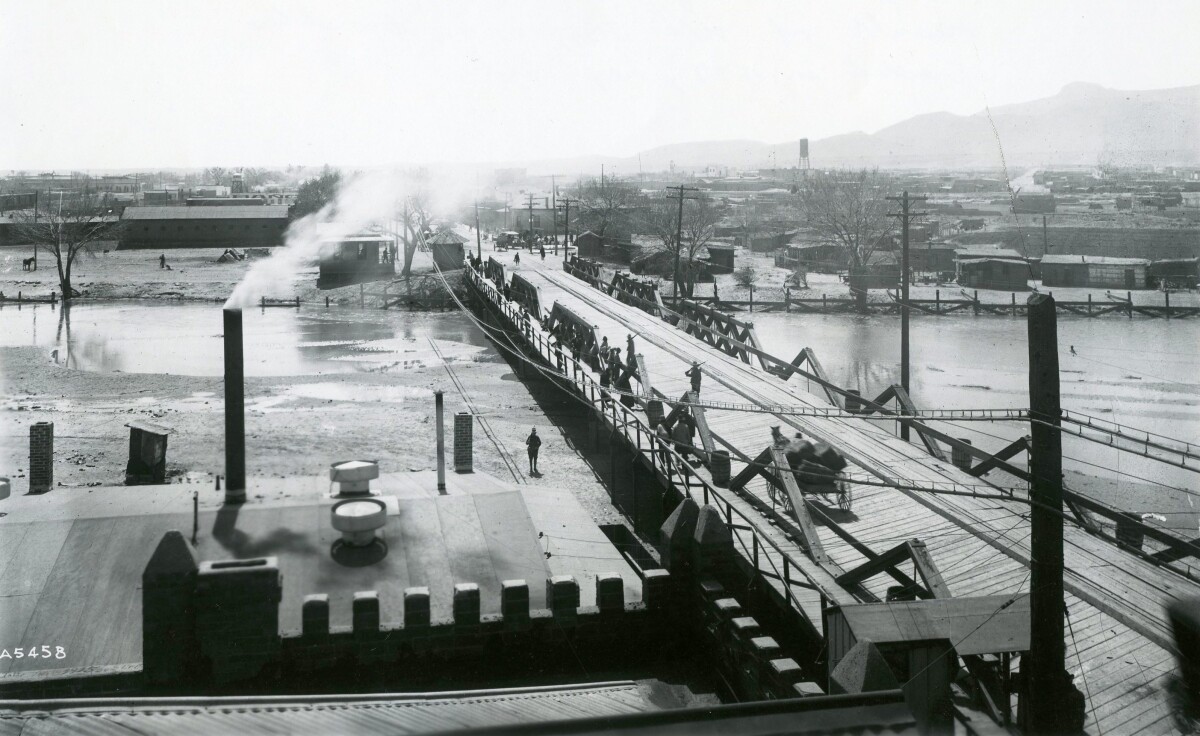
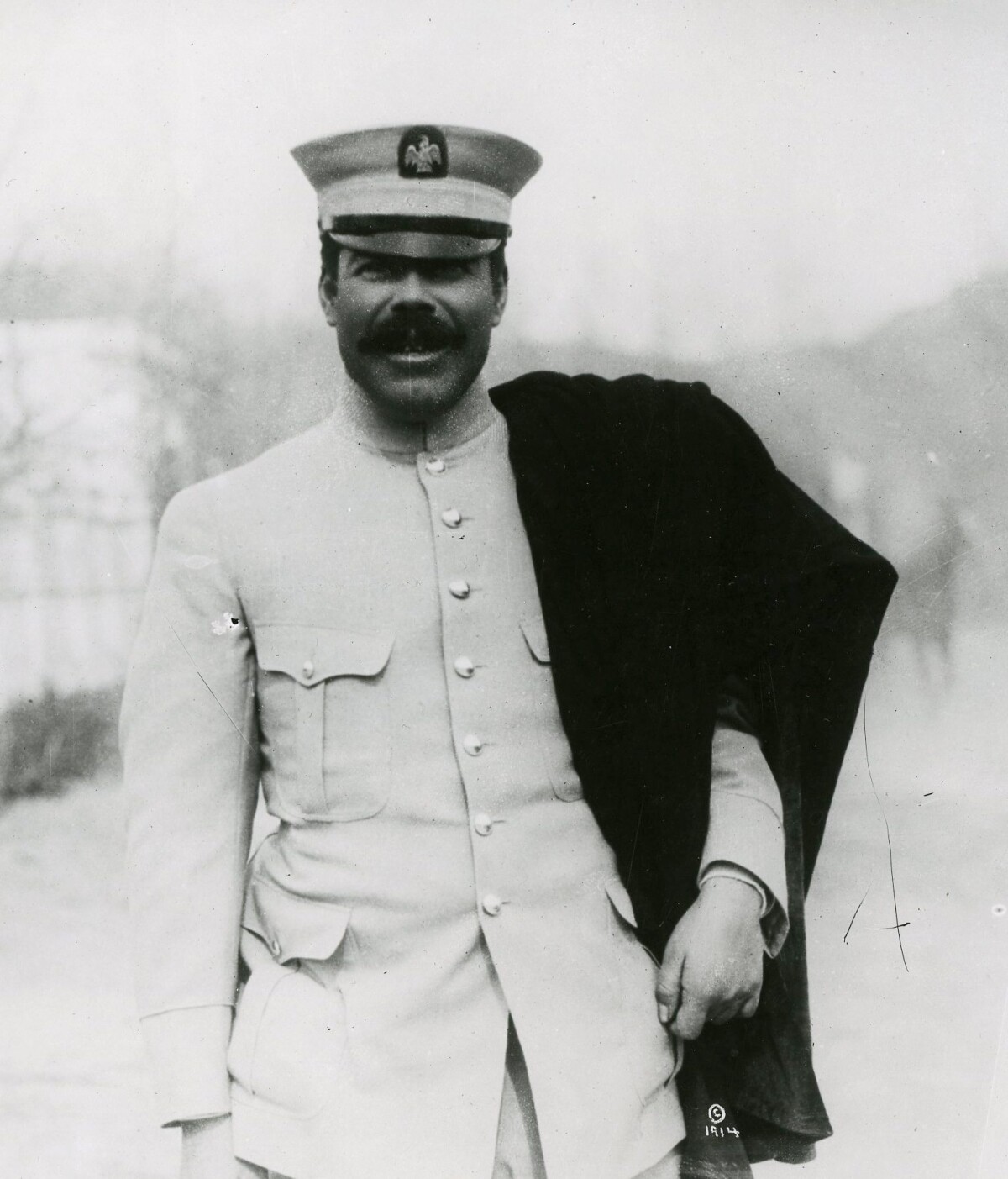
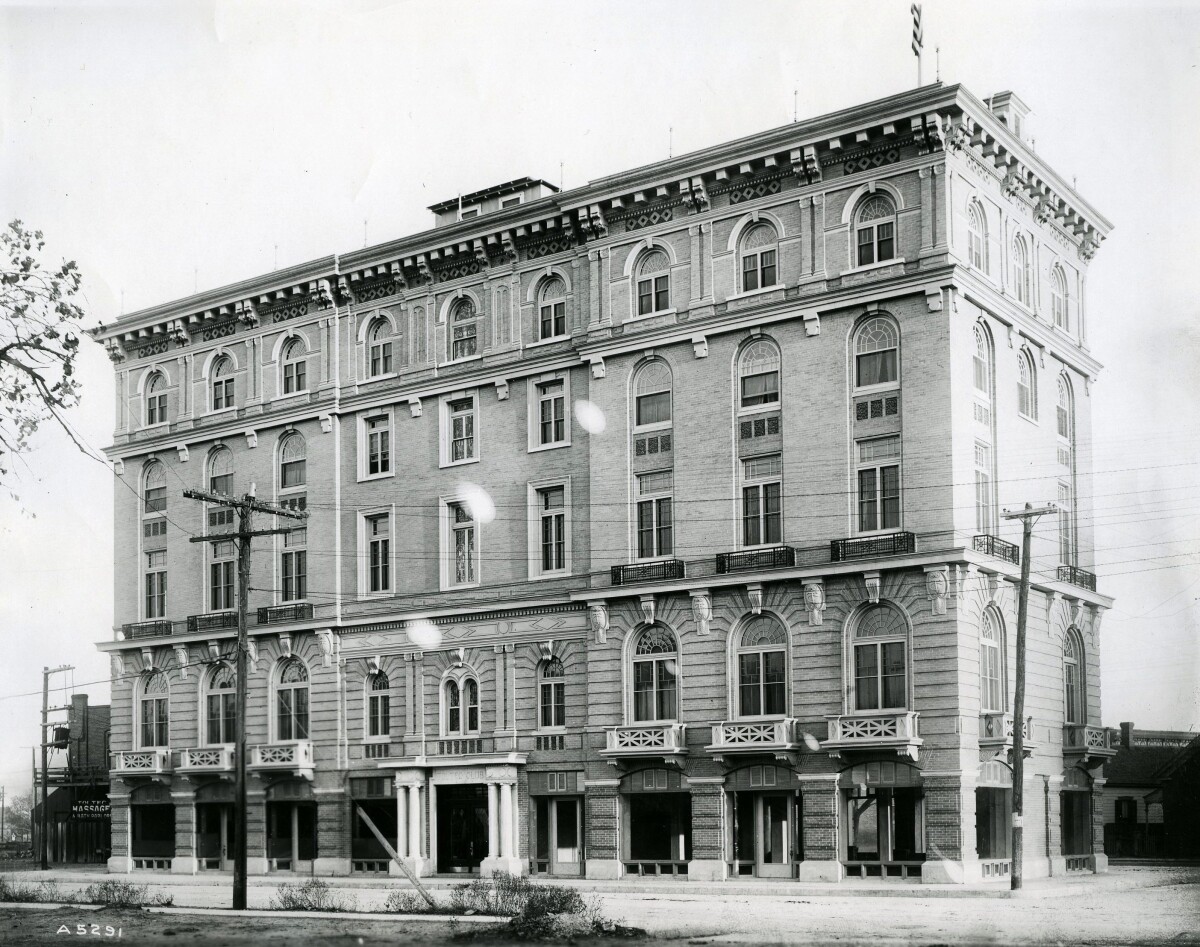
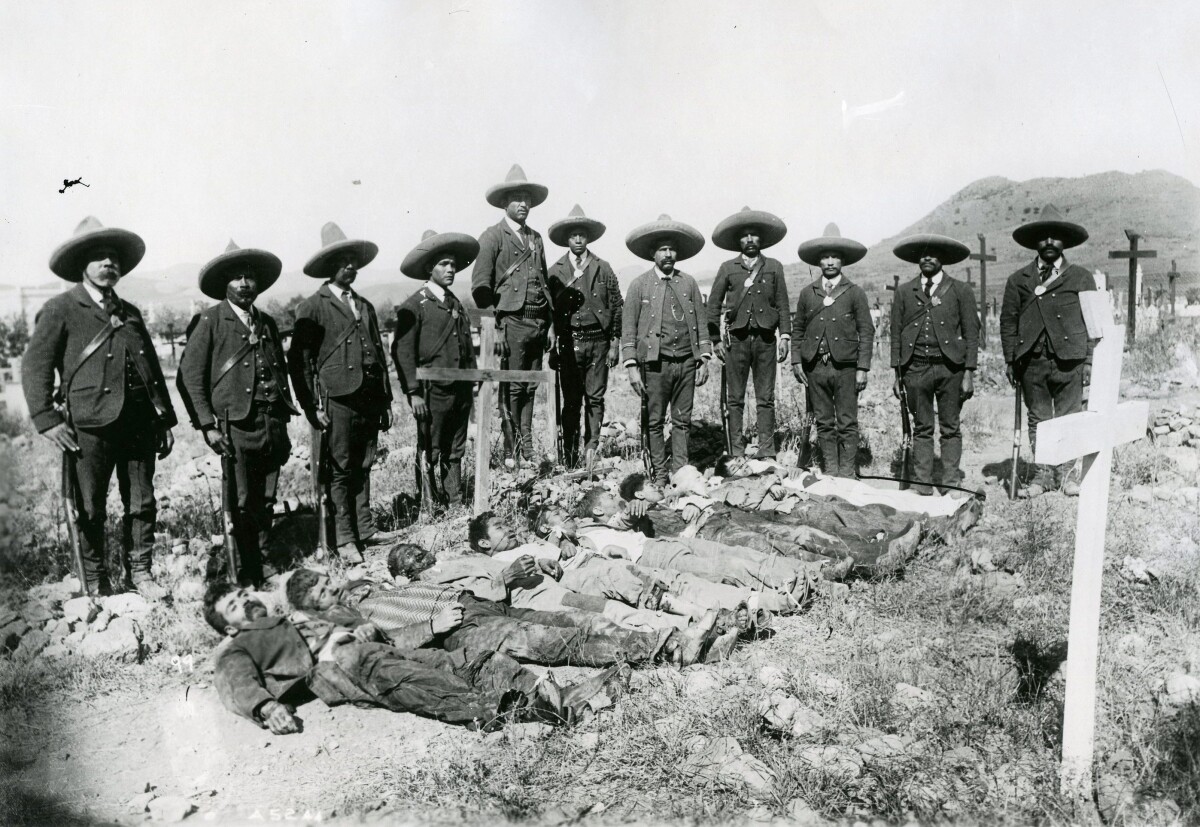
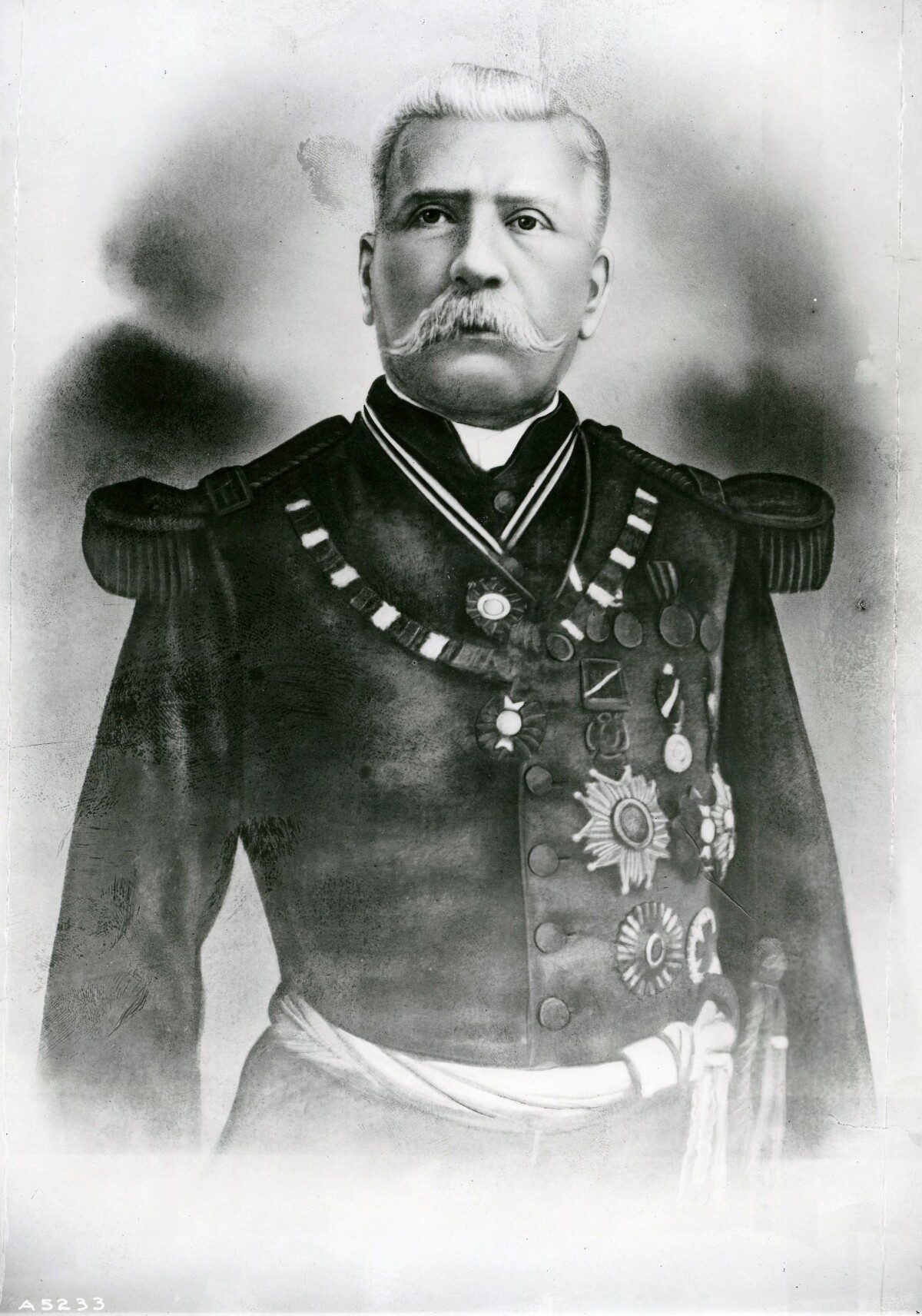
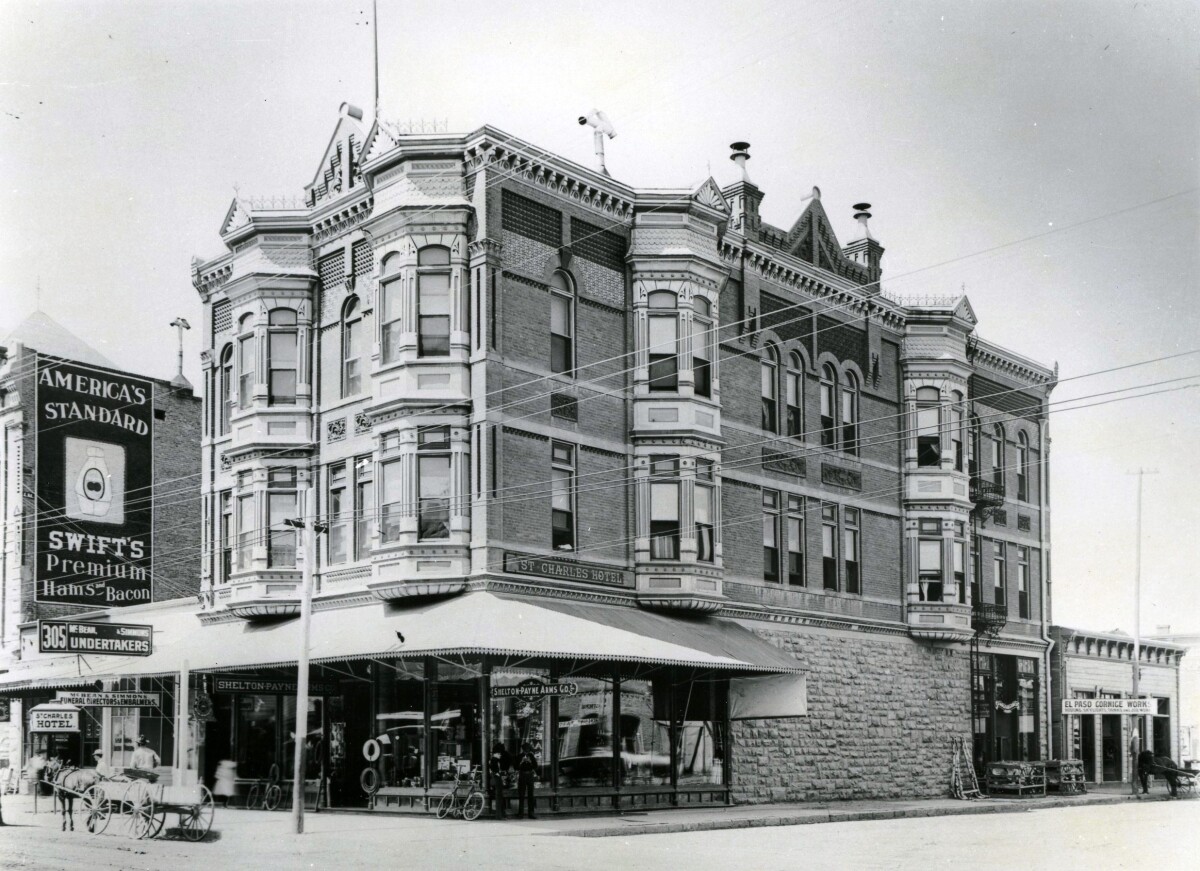
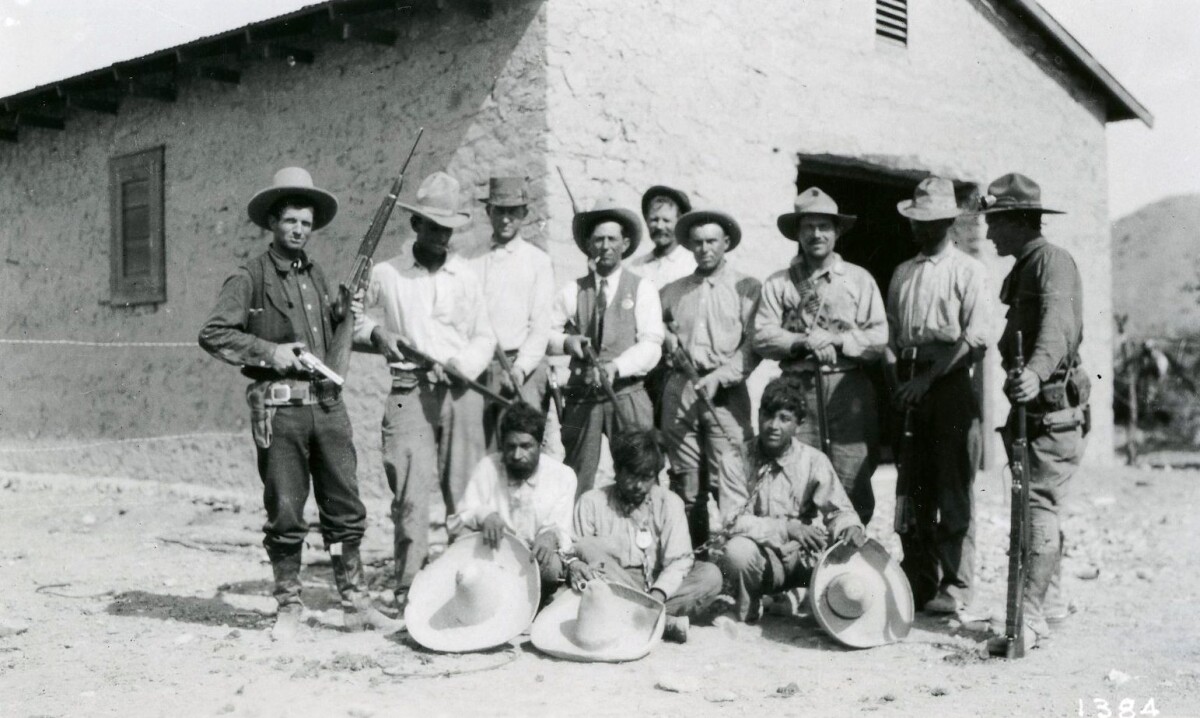
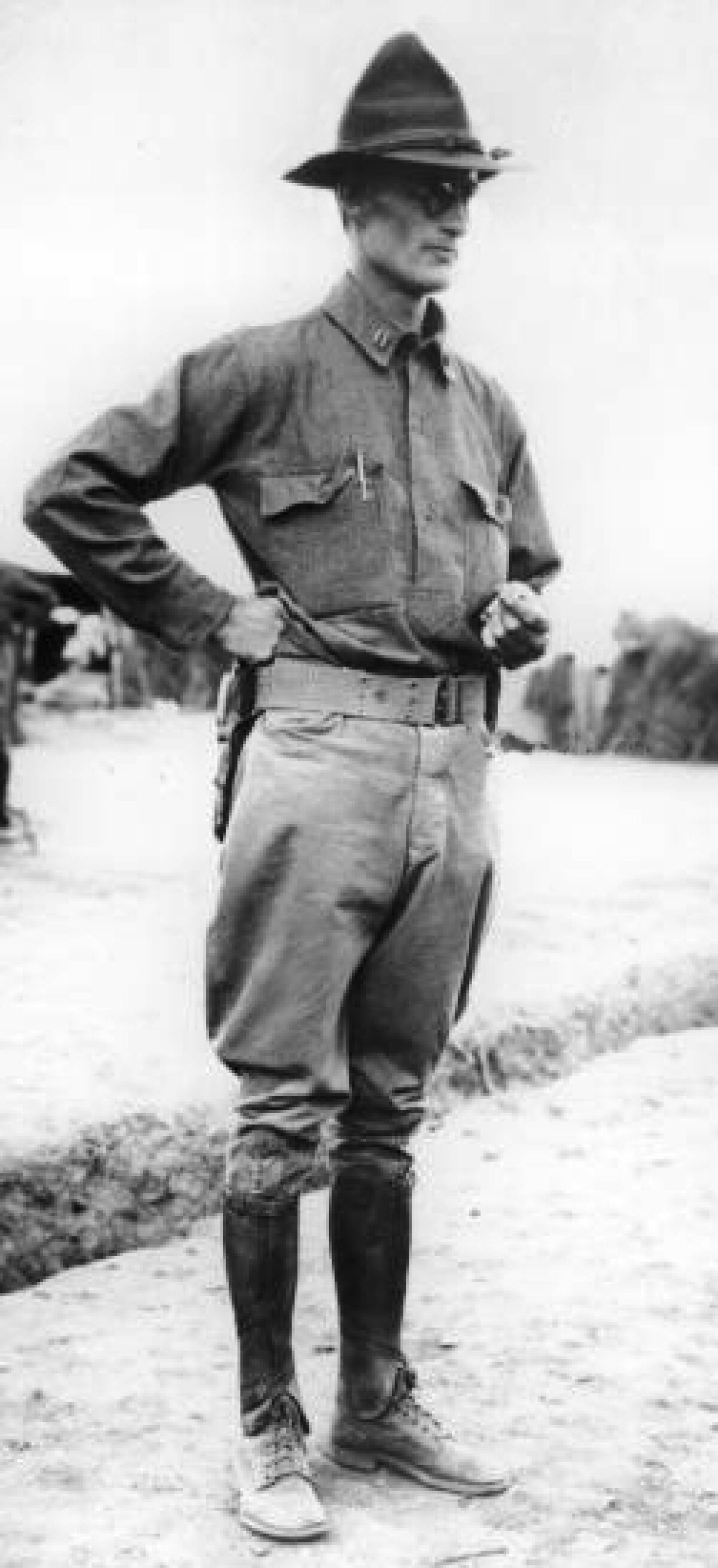
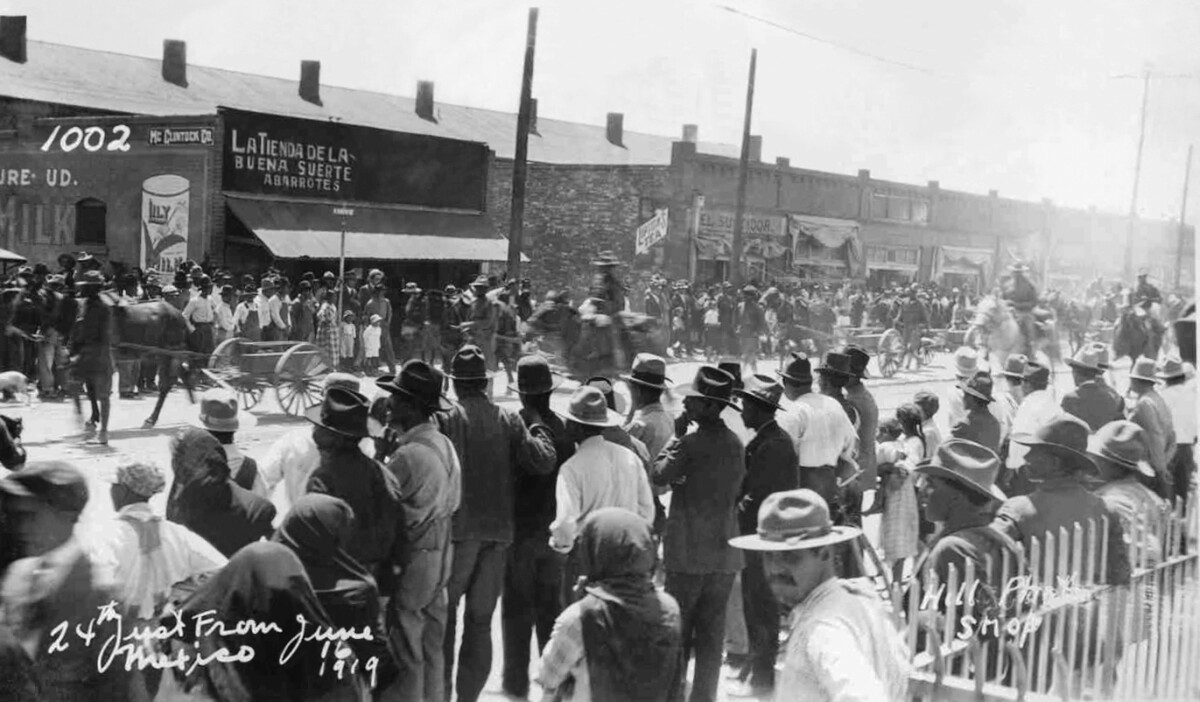
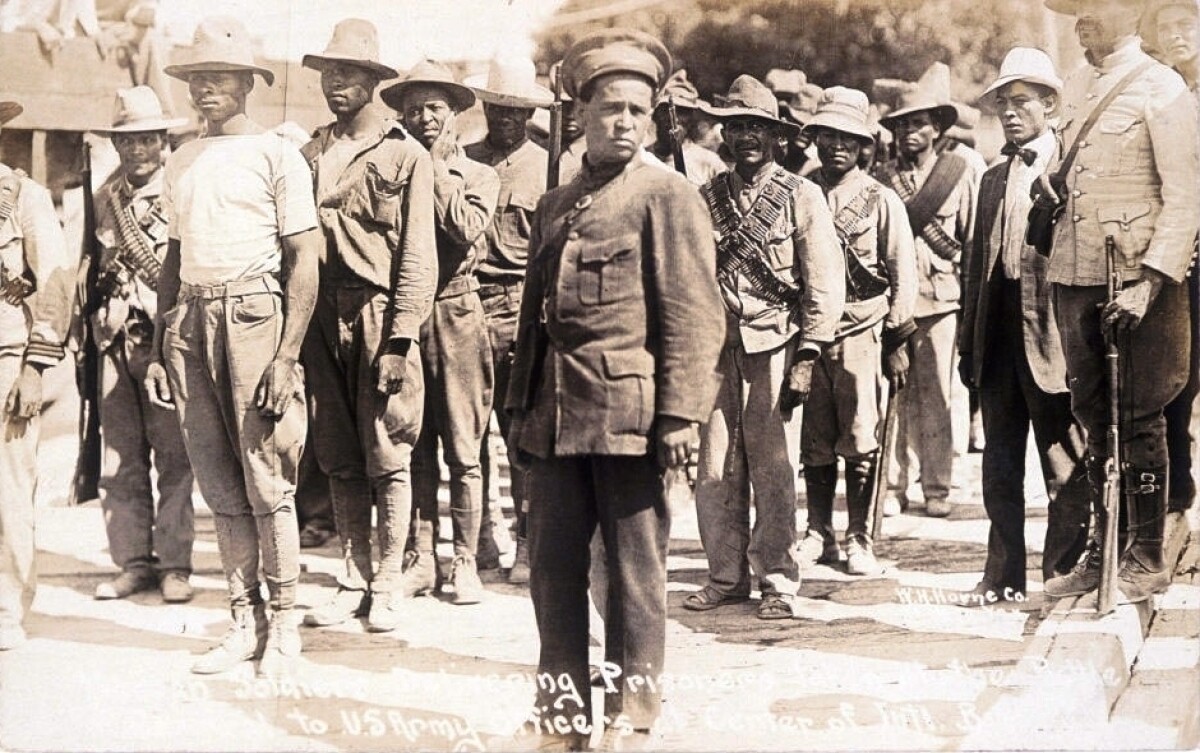
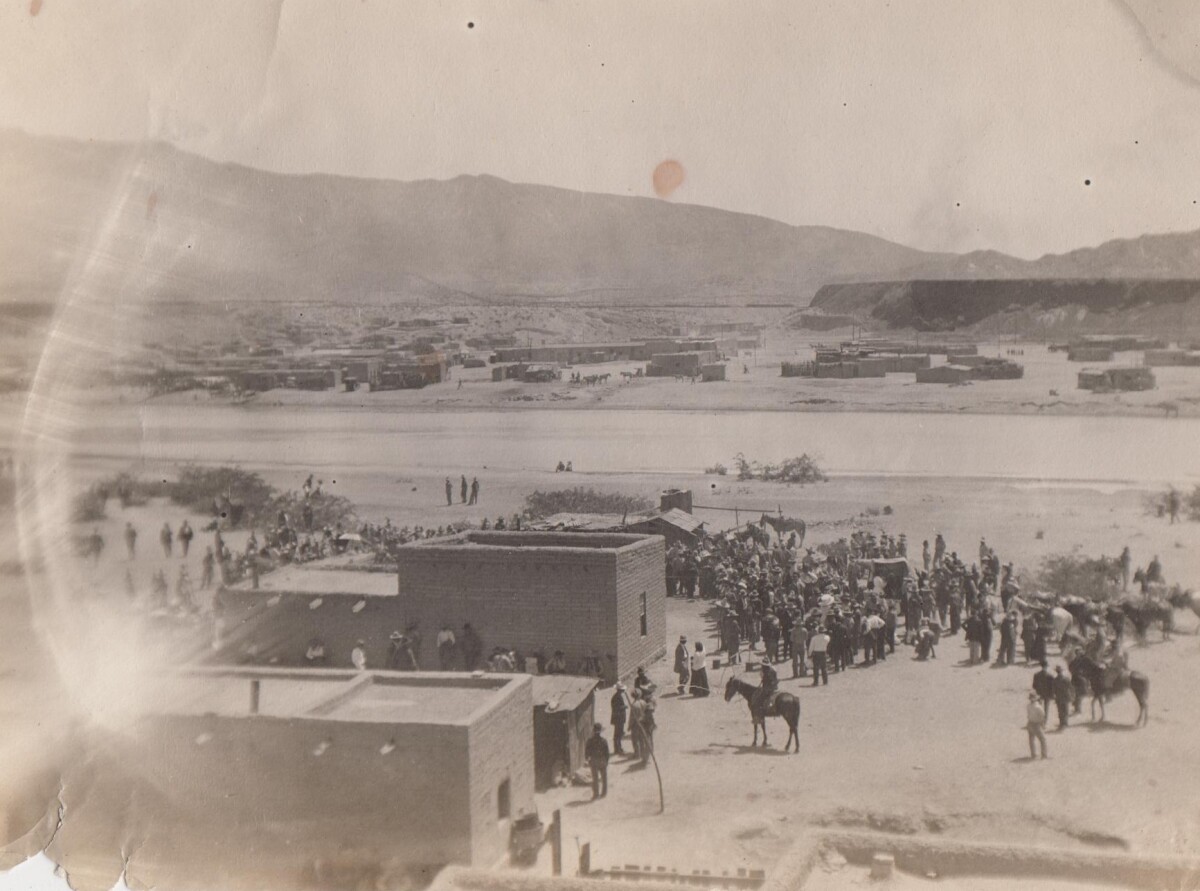
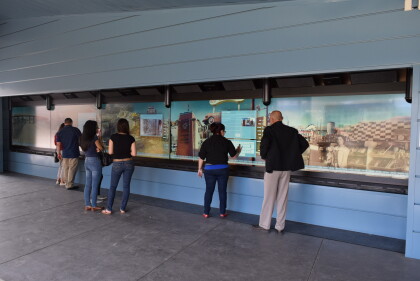
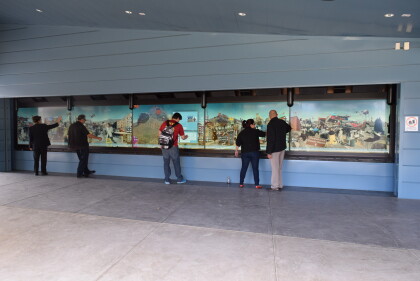


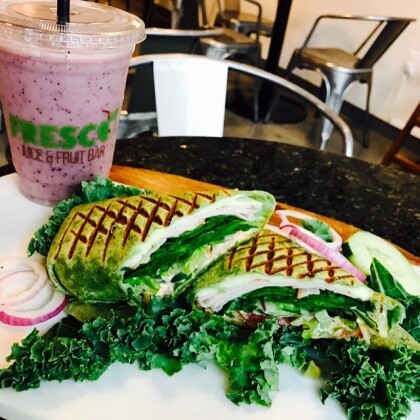
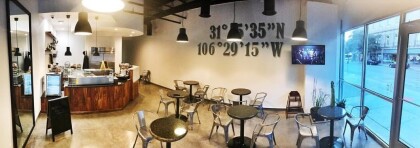

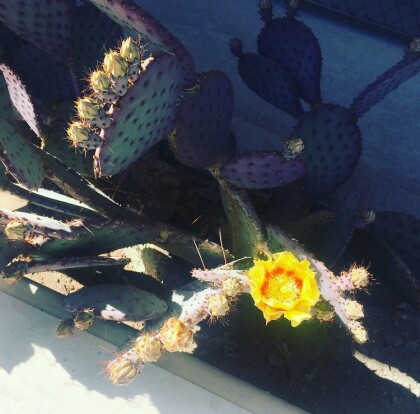
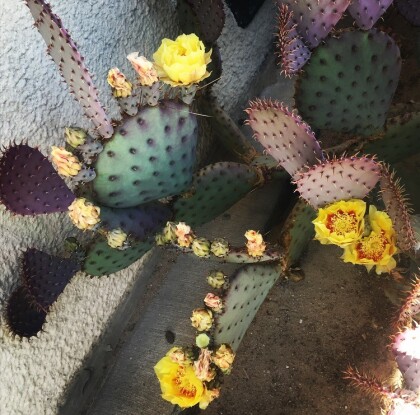
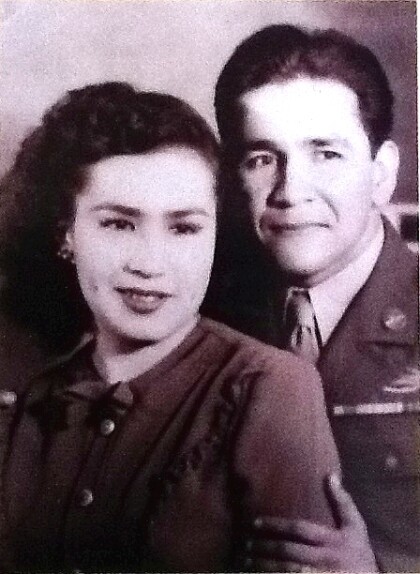
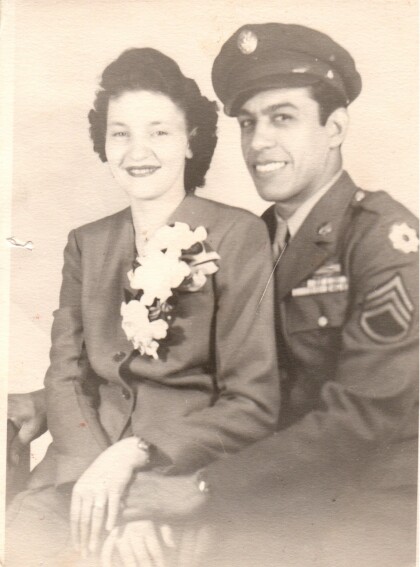
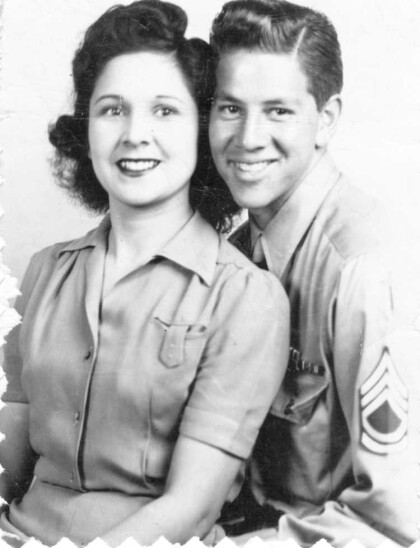
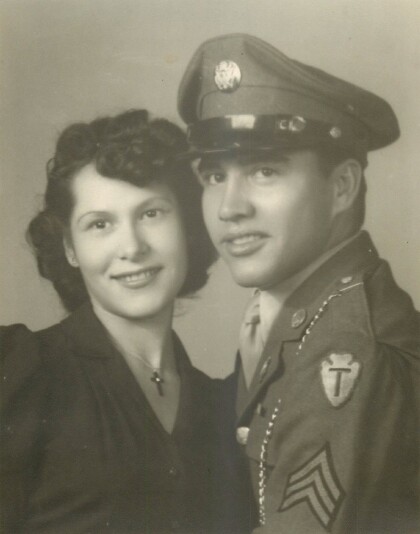
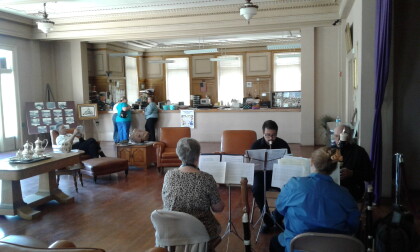
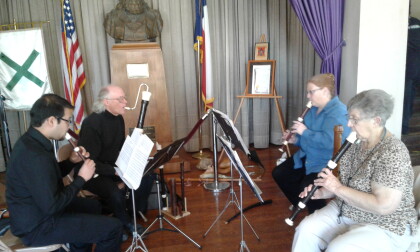
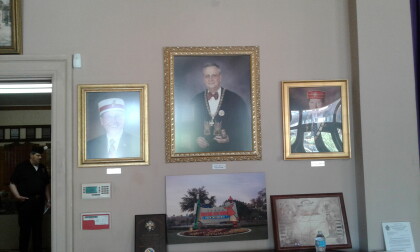
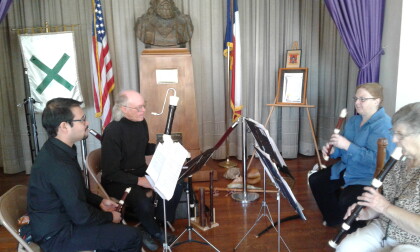
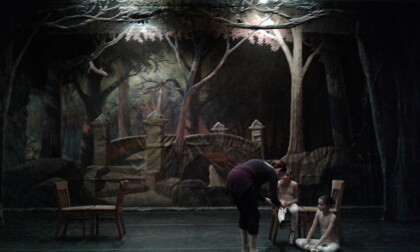
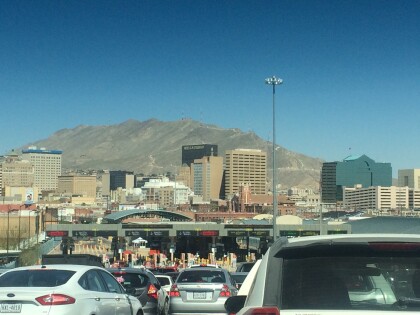
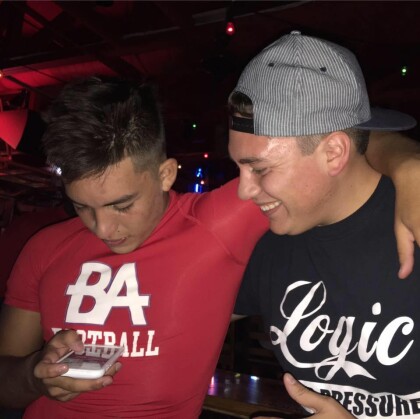
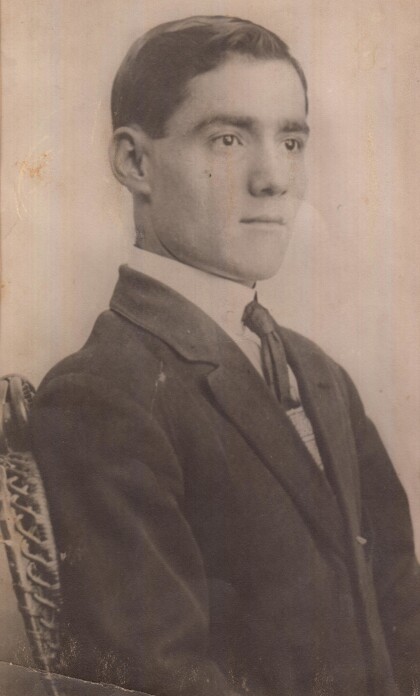
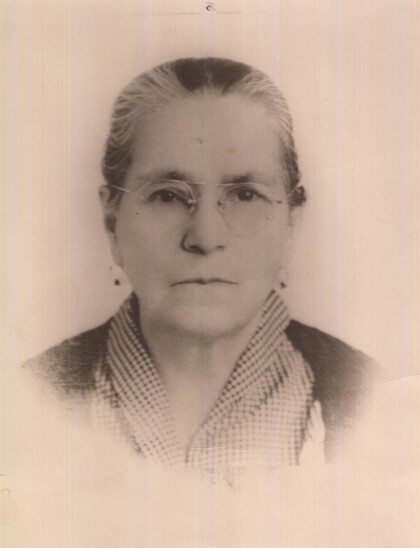
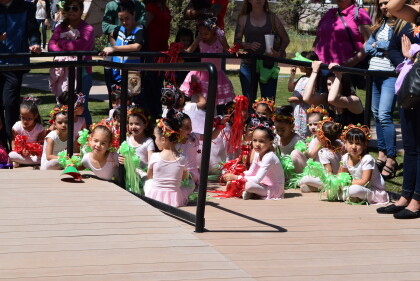
Comentarios
Hacer un comentario